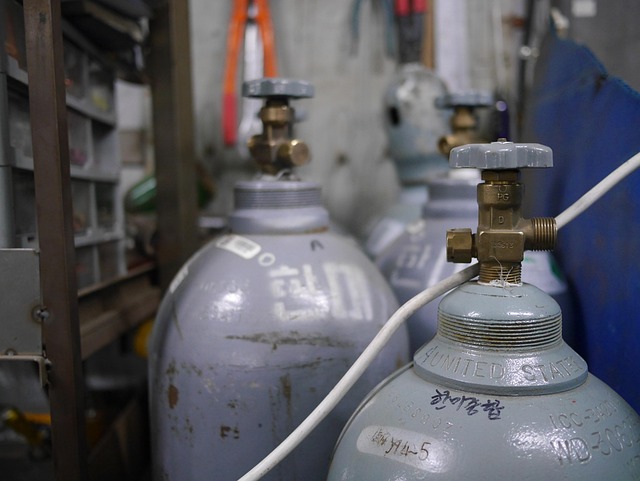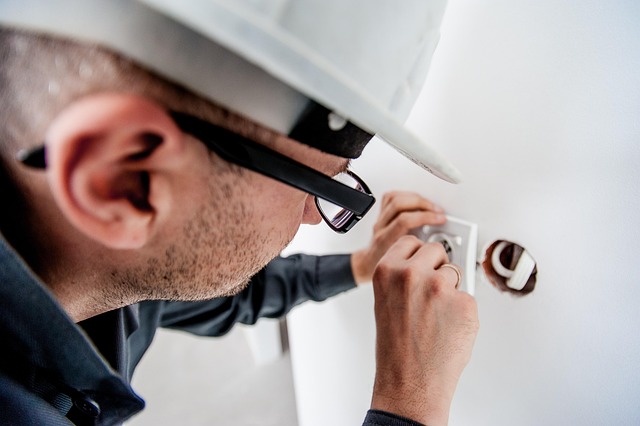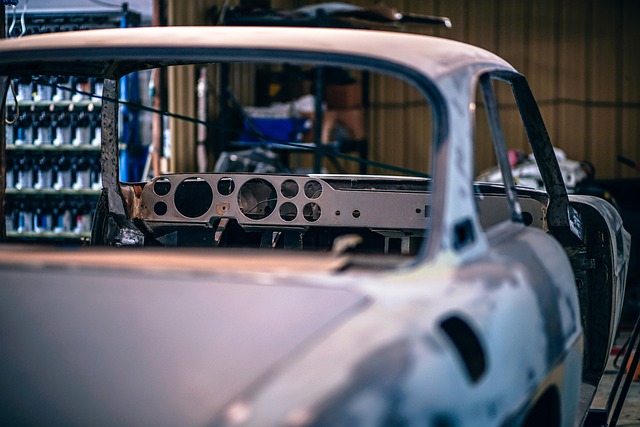Electronic diagnostics repair (EDR) is a specialized field requiring advanced technical expertise to troubleshoot and repair modern vehicles' complex electronic systems, including onboard computers and sensors. While challenges like increasing system complexity demand continuous training and investment in advanced tools, robust standard operating procedures are crucial for error minimization. The future of EDR involves interpreting intricate vehicle networks, leveraging cutting-edge diagnostic tools for faster repairs, and utilizing remote diagnostics powered by cloud technology for predictive maintenance, enhancing customer satisfaction.
“Uncover the transformative world of Electronic Diagnostics Repair (EDR) as we explore its evolving landscape. This comprehensive guide delves into the intricate process, shedding light on how it revolutionizes vehicle maintenance. From understanding the fundamentals to tackling common challenges, we provide insights for both professionals and enthusiasts. Furthermore, we peek into future trends, highlighting innovations set to reshape the industry. Master the art of electronic diagnostics repair and stay ahead in this dynamic domain.”
- Understanding Electronic Diagnostics Repair: Unveiling the Process
- Common Challenges in EDR and How to Overcome Them
- Future Trends and Innovations in Electronic Diagnostics Repair
Understanding Electronic Diagnostics Repair: Unveiling the Process

Electronic diagnostics repair is a specialized field that involves the meticulous examination and troubleshooting of electronic systems within vehicles. It’s a process that demands both technical expertise and a deep understanding of automotive technology. The primary goal is to identify, diagnose, and rectify issues with onboard computers, sensors, and other electronic components responsible for controlling various functions in modern vehicles.
This intricate repair process begins with a thorough inspection using advanced diagnostic tools. Technicians connect these tools to the vehicle’s computer system, allowing them to access real-time data and pinpoint problematic areas. From there, they may employ techniques like frame straightening or auto detailing as part of the troubleshooting process, ensuring every component is in optimal condition. Once the source of the problem is isolated, technicians perform the necessary repairs, which can range from replacing faulty sensors to calibrating control modules, ultimately restoring the vehicle’s electronic systems to their peak performance.
Common Challenges in EDR and How to Overcome Them

The field of electronic diagnostics repair (EDR) faces several challenges that can complicate the process and impact overall efficiency. One common issue is the increasing complexity of modern vehicle systems, which often incorporate intricate computer networks and sensors. As vehicles become more technologically advanced, repairing or replacing faulty components requires specialized knowledge and tools to navigate these complex systems without causing further damage.
Overcoming these challenges involves continuous training and investment in state-of-the-art equipment. Technicians must stay updated with the latest advancements in car body restoration, paintless dent repair, and auto frame repair techniques to ensure they can handle a diverse range of issues. Additionally, developing robust standard operating procedures and implementing rigorous quality control measures can help minimize errors and improve the overall reliability of EDR services.
Future Trends and Innovations in Electronic Diagnostics Repair

The future of electronic diagnostics repair is filled with exciting possibilities driven by technological advancements. As automotive systems become increasingly complex and reliant on sophisticated electronics, auto repair shops will need to adapt their electronic diagnostics repair capabilities. This includes investing in cutting-edge diagnostic tools that can interpret and analyze advanced vehicle networks, such as CAN bus systems, which are the backbone of modern cars. These tools will enable technicians to perform precise diagnostics and repairs more efficiently, leading to faster turnaround times for fender repair and other body shop services.
Innovation in this field will also focus on enhancing remote diagnostics capabilities, allowing shops to offer customers a more convenient experience. With advancements in cloud technology and data analytics, auto repair shops can provide real-time updates, predict potential issues before they occur, and offer proactive solutions. This shift towards predictive maintenance not only benefits auto repair shop operations but also improves customer satisfaction by reducing unexpected breakdowns.
As we’ve explored, electronic diagnostics repair is a complex yet essential field. By understanding the process, addressing common challenges, and staying informed about future trends, we can ensure efficient and effective solutions for electronic diagnostics repair. Continuously evolving technologies and innovative approaches will further revolutionize this sector, making it crucial for professionals to stay adept and adaptable. For businesses and individuals alike, investing in reliable electronic diagnostics repair services is a step towards optimizing performance and longevity of electronic systems.













